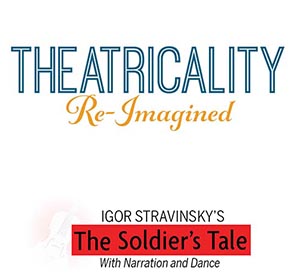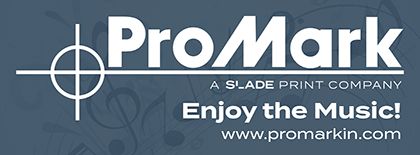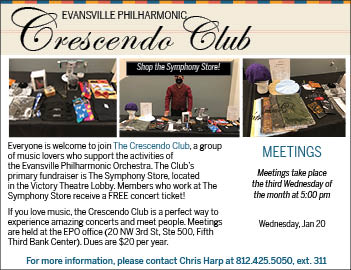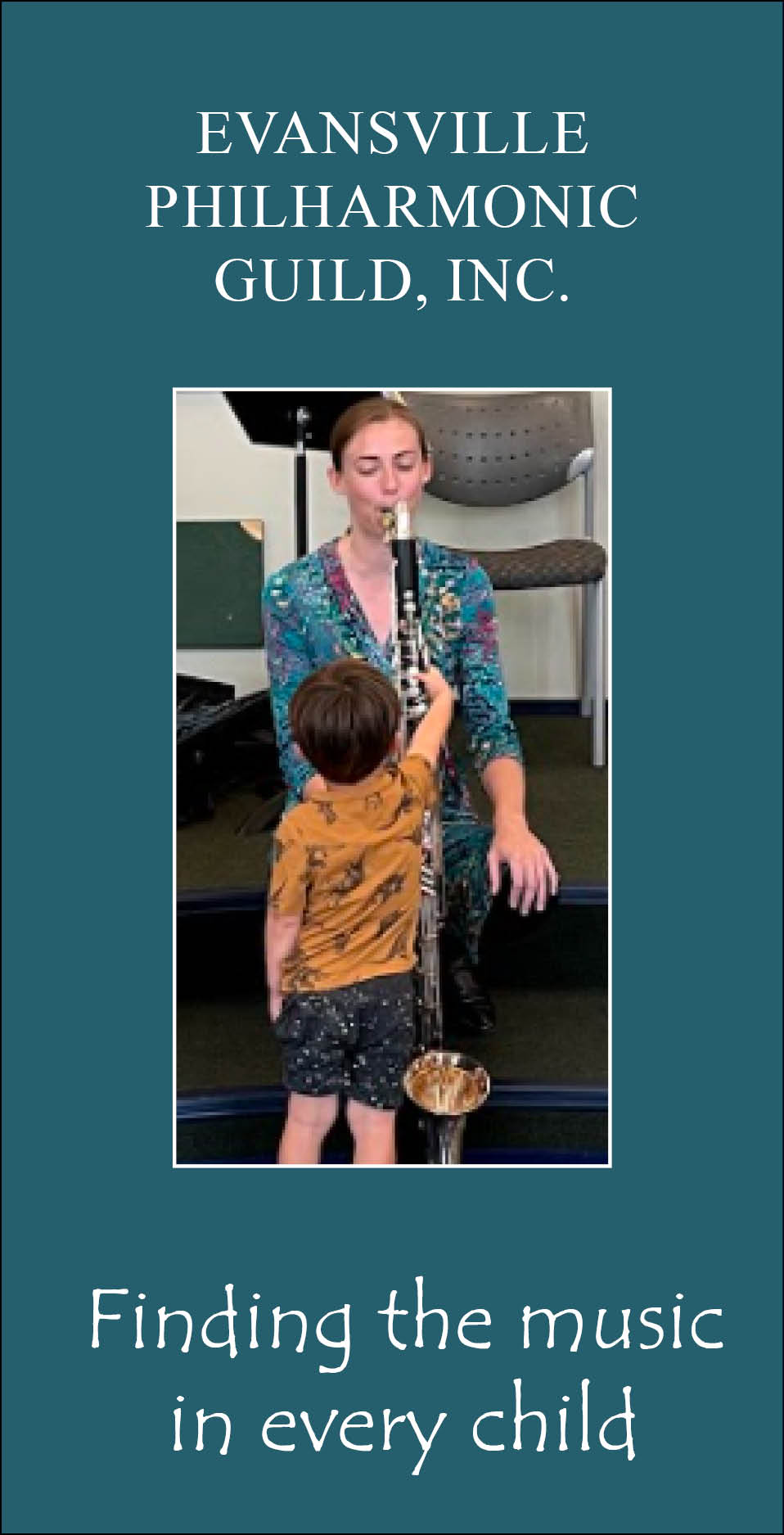
Program
The Soldier's Tale
By Igor Stravinsky
SATURDAY, JANUARY 16, 2021
7 PM
7 PM
LIVESTREAMED FROM
EVANSVILLE CIVIC THEATRE
Kerri Lambert, Artistic Director
Kevin Roach, Managing Artistic Director
Alan Snow, Violin
Tiffany Freeman, Bass
Thomas Josenhans, Clarinet
Eve Parsons, Bassoon
Tim Zifer, Trumpet
Lee Blakeman, Trombone
Ross Erickson, Percussion
_________________________________________
The Soldier’s March
Airs by a Stream
The Soldier’s March – Reprise
Pastorale
Airs by a Stream – Reprise
Airs by a Stream – Reprise
The Soldier’s March – Reprise
The Royal March
The Little Concert
Three Dances (Tango, Valse, Ragtime)
The Devil’s Dance
Little Chorale
The Devil’s Song
The Great Chorale
Triumphal March of the Devil

__________________________________________
Official IT Services Provider


Artist Information
Program Notes by Bill Hemminger
Igor Stravinsky's
The Soldier’s Tale
Igor Fyodorovich Stravinsky, 1882-1971, was a Russian-born composer who revolutionized western musical thought, mostly with his works created just before and after World War I. Stravinsky was born into a family deeply involved in local artistic life, and young Stravinsky was exposed to the best in music, literature, and theatre. Ironically, the future enfant terrible of western music was not a terribly precocious musician and in fact chose to follow a professional future in law. Happily for music (perhaps not so for the legal profession), Stravinsky showed his early compositions to Rimsky-Korsakov, the great Russian Romantic composer (whose name Rimsky means “Roman,” to separate the family from the more widespread and indistinguishable Korsakovs and put a point on a family connection with “cultured” western Europe), who offered to take Stravinsky on as a private student. Rimsky-Korsakov is of course known for his brilliant use of orchestral instruments as well as his mining of Russian folk melodies and tales for use in his musical works. Stravinsky quickly picked up what his teacher could offer, and his teacher generously arranged for performances of his student’s work. An early fan was impresario Serge Diaghilev, the director of the famous Ballets Russes, who commissioned Stravinsky to create orchestral arrangements for ballets, later to create musical scores for full-length ballets. Diaghilev was devoted to an ideal of artistic synthesis—music, dance, décor—which would inspire the young non-Roman Russian in his first great musical creations.
The first of these was The Firebird, based on Russian folk tales; it was performed to great acclaim in Paris in 1910. Not long after, Petrushka, the sad story of three puppets brought to life by a heartless magician, came to the stage. But the real succès de scandale occurred in 1913 (the composer barely 30 years old), when the Paris performance of The Rite of Spring (Le Sacre du printemps) resulted in a caterwauling public brawl, so strong a reaction did the new music create in listeners. The work’s combination of irregular meters and driving rhythms, not to mention a very suggestive choreography and story line, stamped Stravinsky forever as a highly gifted, if also controversial, composer. Tonight’s work, The Soldier’s Tale (L’Histoire du soldat), completed in 1918, belongs to this first period in Stravinsky’s long and varied creative career.
From 1910 Stravinsky and his first wife lived in Paris. After the 1917 Russian Revolution, Stravinsky found that he could not return to his home country; all his holdings there were seized. Stravinsky lived in France until 1939, having become a French citizen in 1934. In 1938 his eldest daughter died of tuberculosis; 1939 saw the death of his wife and his mother. He re-married in 1940, and, part of a wave of great European artists (not to mention scientists), he came to the United States and settled in Hollywood, California. Interestingly, another Russian, the pianist and composer Sergei Rachmaninoff, also called Los Angeles home at the time. Other great musical émigrés to the US included Arnold Schoenberg, Erich Korngold, and Otto Klemperer. Of the United States, it is reported that Stravinsky said: “This is the only place on earth where a human being is respected for what he is and what he does, and it does not matter who he is and where he came from.” Stravinsky and his wife became US citizens in 1945.
The Soldier’s Tale (the original in French, l’Histoire du soldat) dates from 1918, in the death throes of World War I. The work presages Stravinsky’s later distillation of musical forces: there are only seven instrumentalists (not an orchestral army)—violin, string bass, clarinet, bassoon, trumpet, trombone, percussion; together, the band creates a musical commentary on the actions on stage. The music is characteristic Stravinsky—irregular meters, unexpected combinations of instruments, abundant unresolved chords. But this is also a theatrical work: some versions include an actor in addition to the narrator; others include dancers in addition to the soldier, the devil, and the narrator. The textual material derives from Russian folk tales. Here are the musical movements in tonight’s performance:
1) The Soldier’s March
2) Airs by a Stream
3) The Soldier’s March – Reprise
4) Pastorale
5) Airs by a Stream – Reprise
6) Airs by a Stream – Reprise
7) The Soldier’s March – Reprise
8) The Royal March
9) The Little Concert
10) Three Dances (Tango, Valse, Ragtime)
11) The Devil’s Dance
12) Little Chorale
13) The Devil’s Song
14) The Great Chorale
15) Triumphal March of the Devil
The libretto is self-explanatory, but here is one version of the moral of the tale, exclaimed during “The Great Chorale” (whose curious counterpoint would surely have shocked J. S. Bach):
Why do we yearn to add what we once had to what we’ve got?
Why do we turn from what we are to what we were when we cannot?
Why not account our joys twice blessed with each new day begun?
Why, having some, seek to have it all, then find that we have none?
Some today may wonder why, at the end, the soldier cannot have the love of both the Princess and his mother, and why that desire is tantamount to seeking “to have it all.” But then maybe this hard lesson reflects the poverty of choices available to survivors of the Great War in a wasted continent. In any case, at the end, bewitched by devilish fiddle playing, the soldier collapses and perishes to the crashing of drums.
- Podcast
- Conductor Biographies
- Bill Hemminger Biography
- Photos
- Videos
- Articles and Reviews
- Radio Broadcast Schedule
- History of the EPO
- Mission and Values
- Board of Directors 2025-2026
- Sponsors 2025-2026
- Philharmonic Gives Back
- Donors 10/1/2024 - 10/1/2025
- Thoughtful Tributes 10/1/2024 - 10/1/2025
- Past Events
 20.mod.png)
 20.mod.png)
 20.jbi.png)
 20.jbi.png)
 20.jbi.png)
 20.jbi.png)
 20.mod.png)















